ED RUSCHA (*1937)
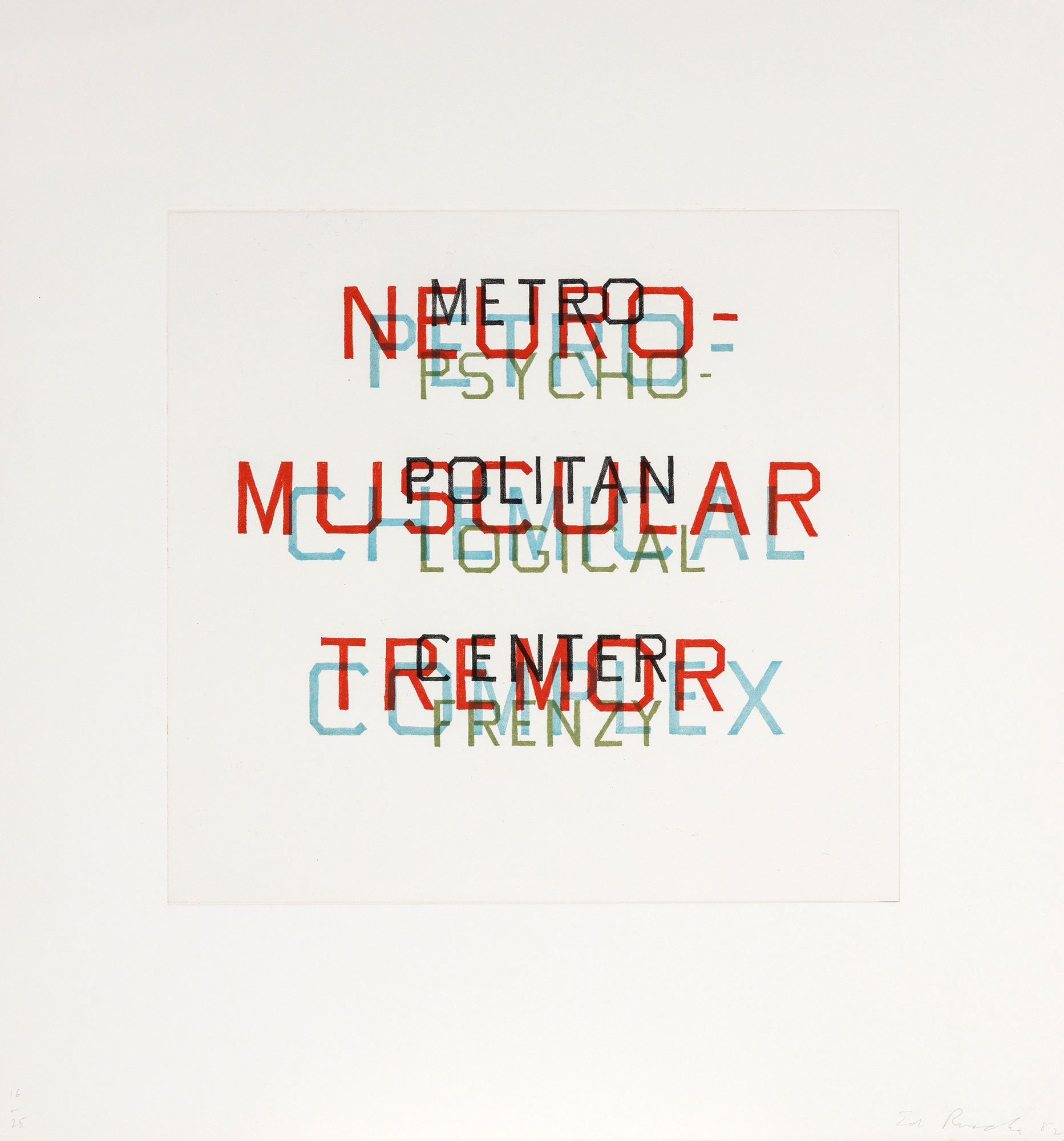
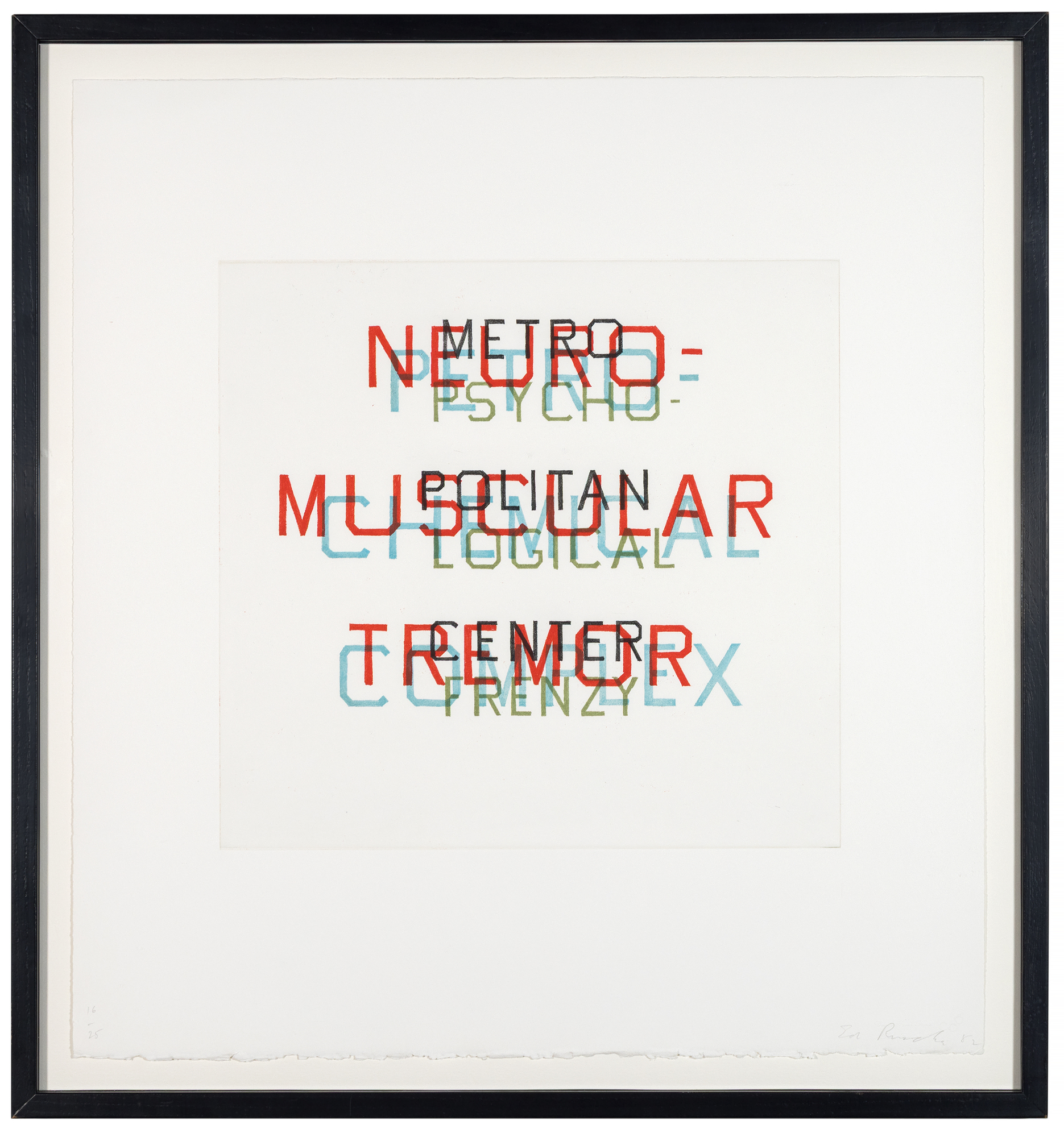
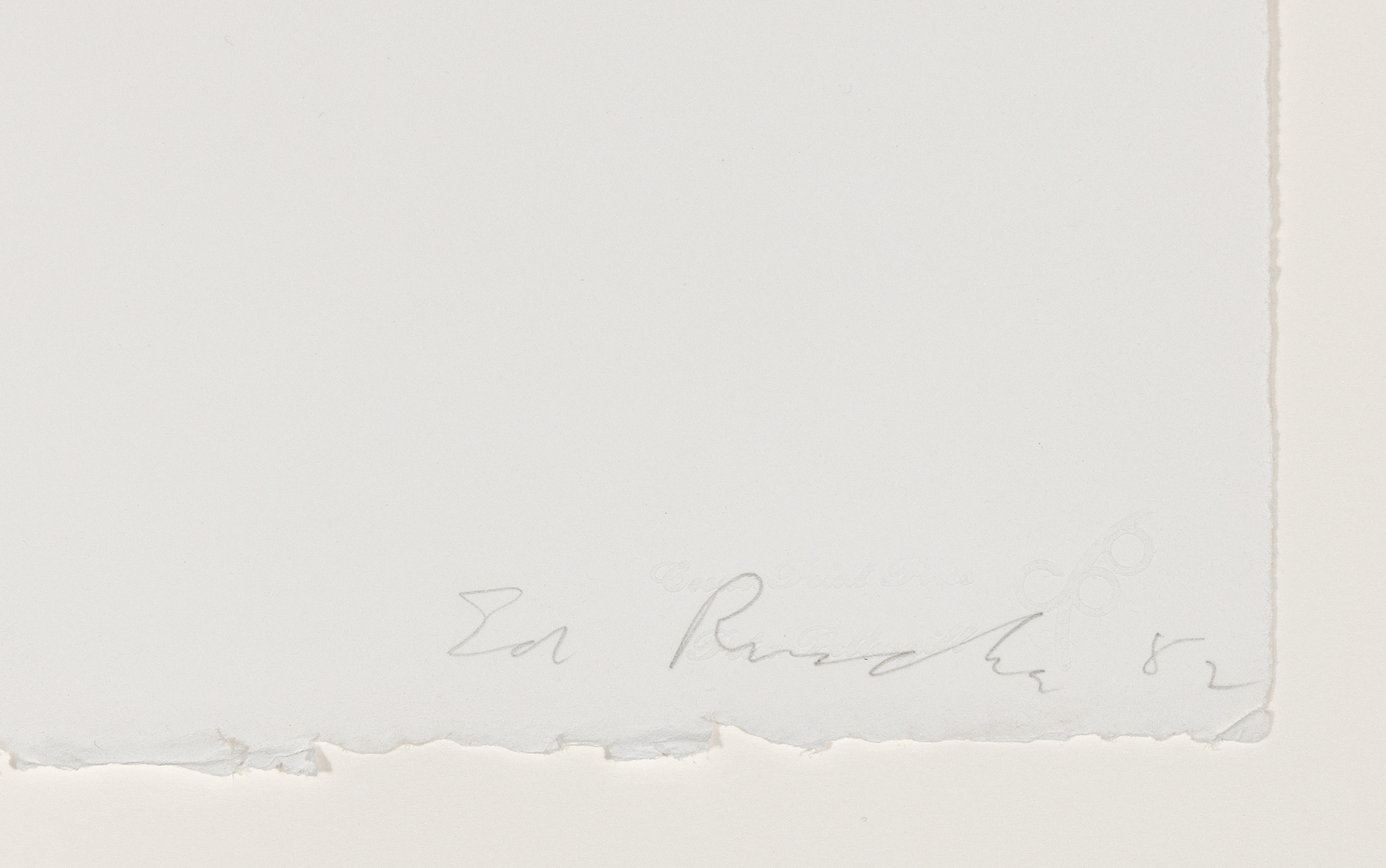
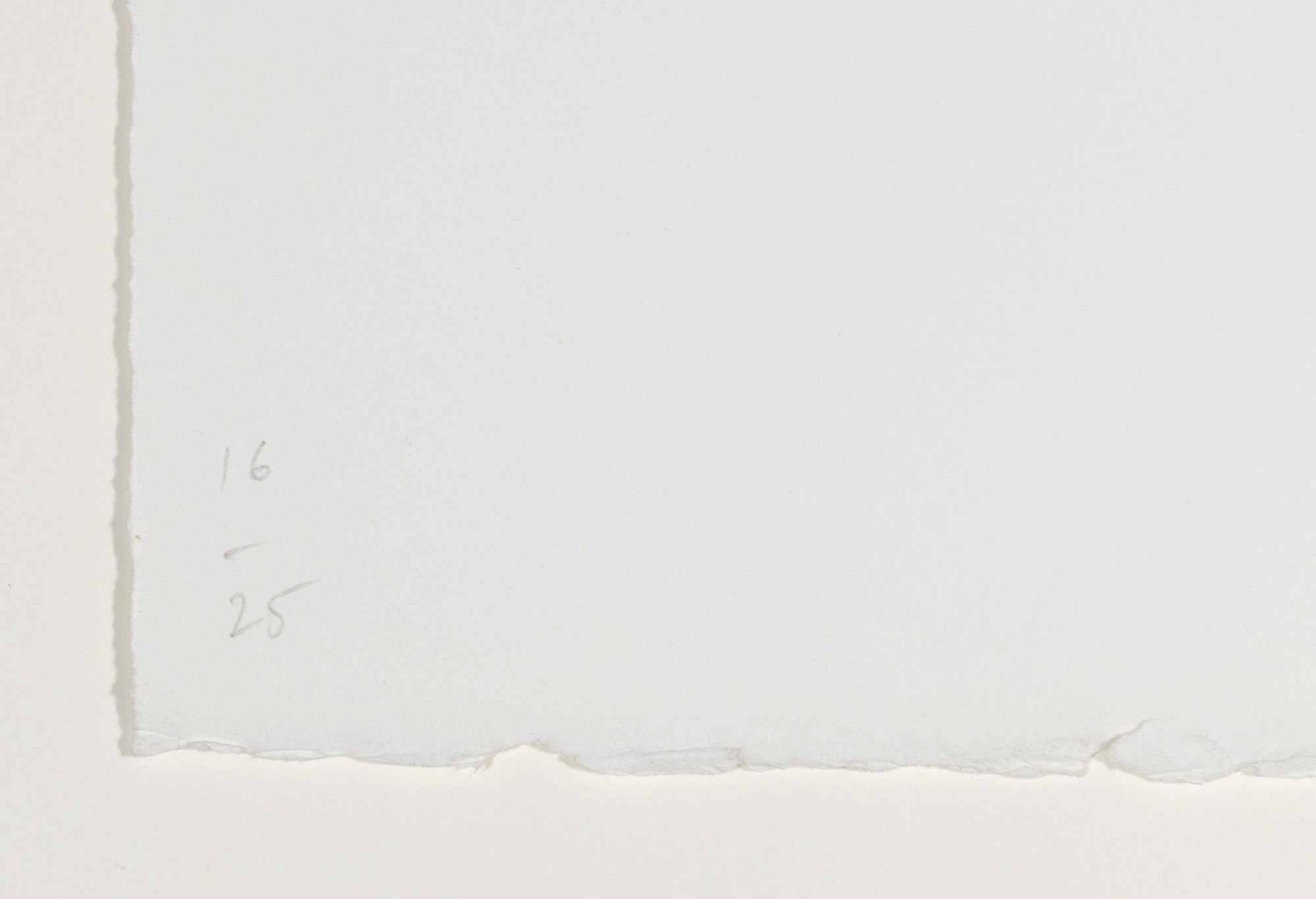
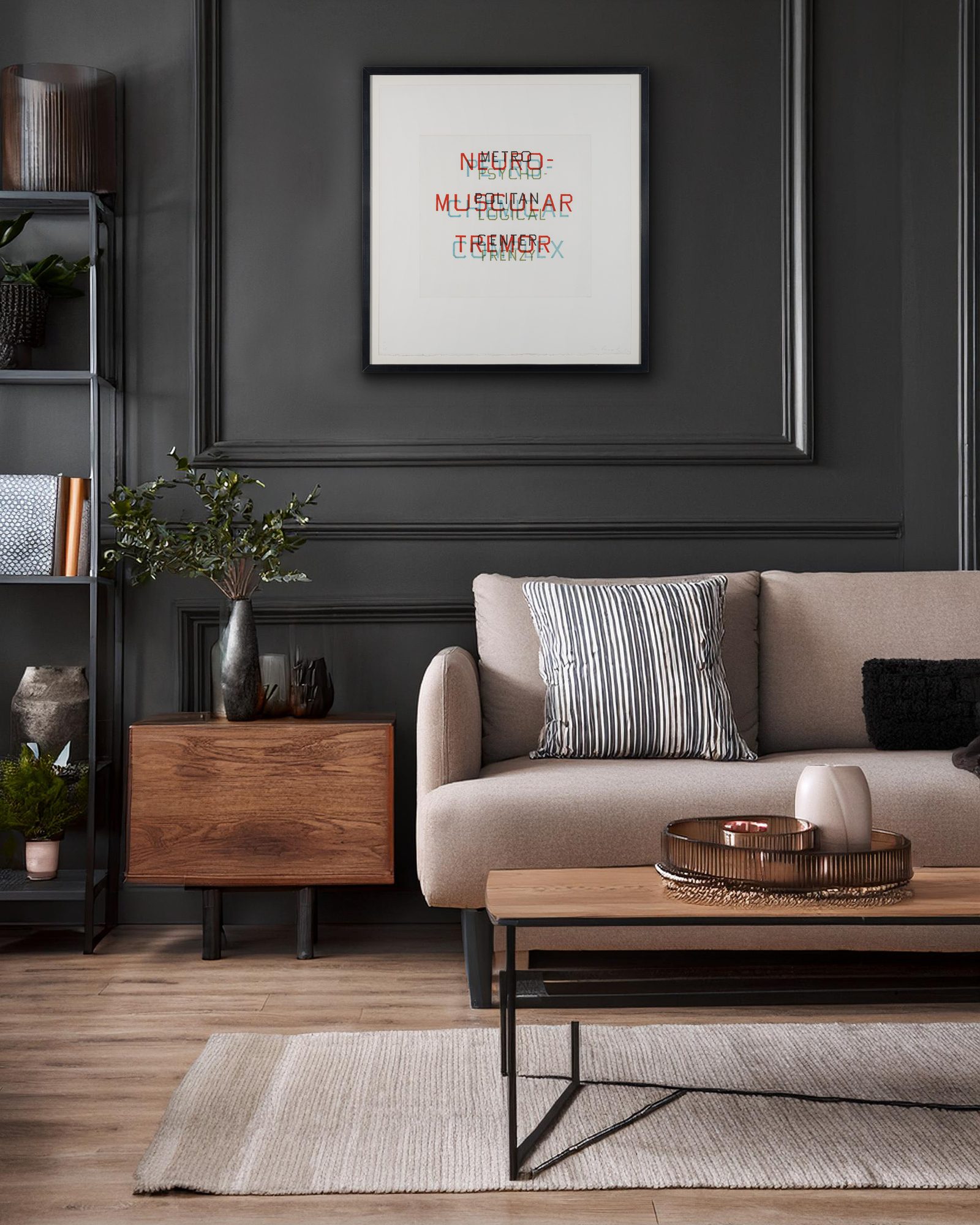
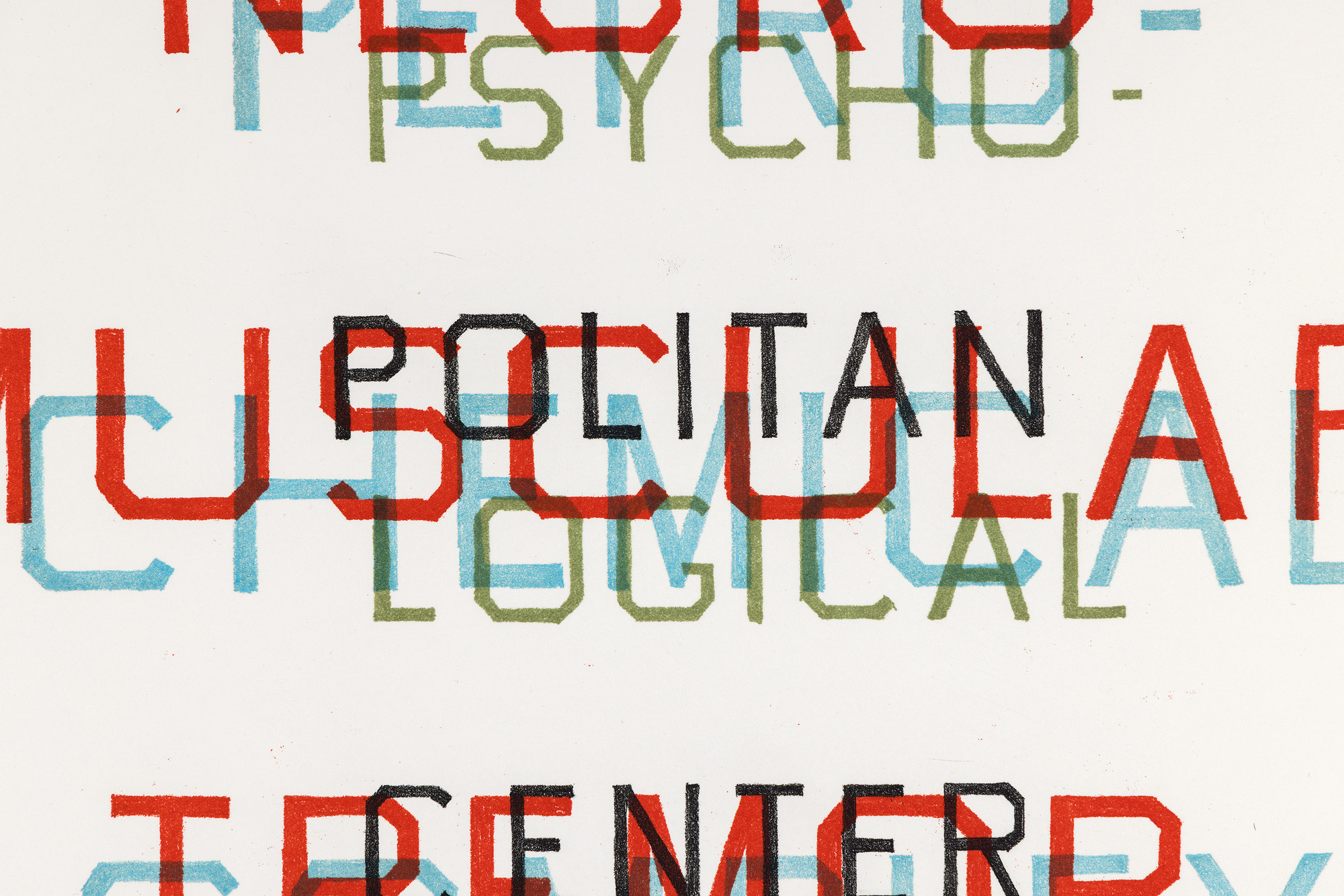
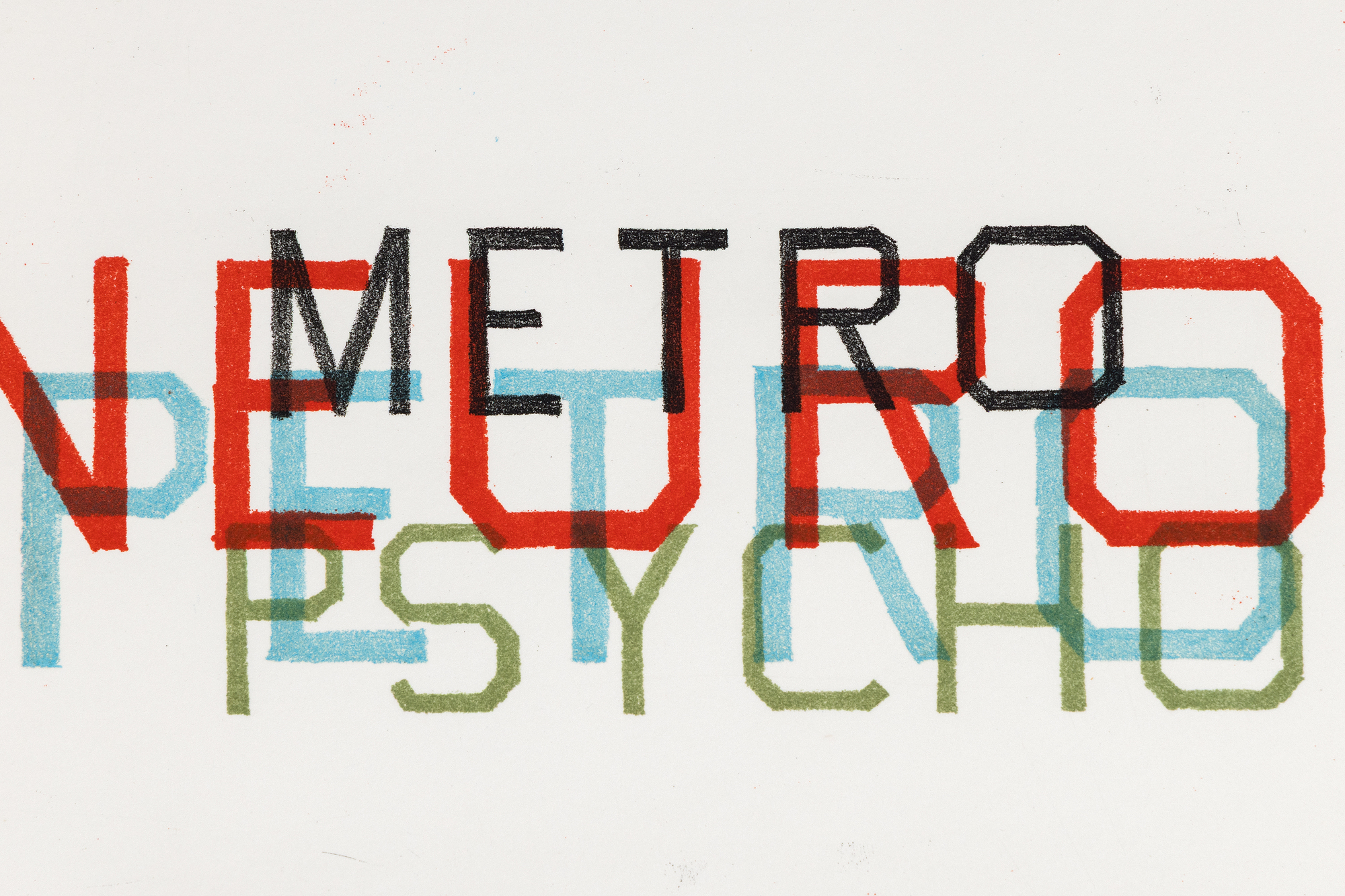
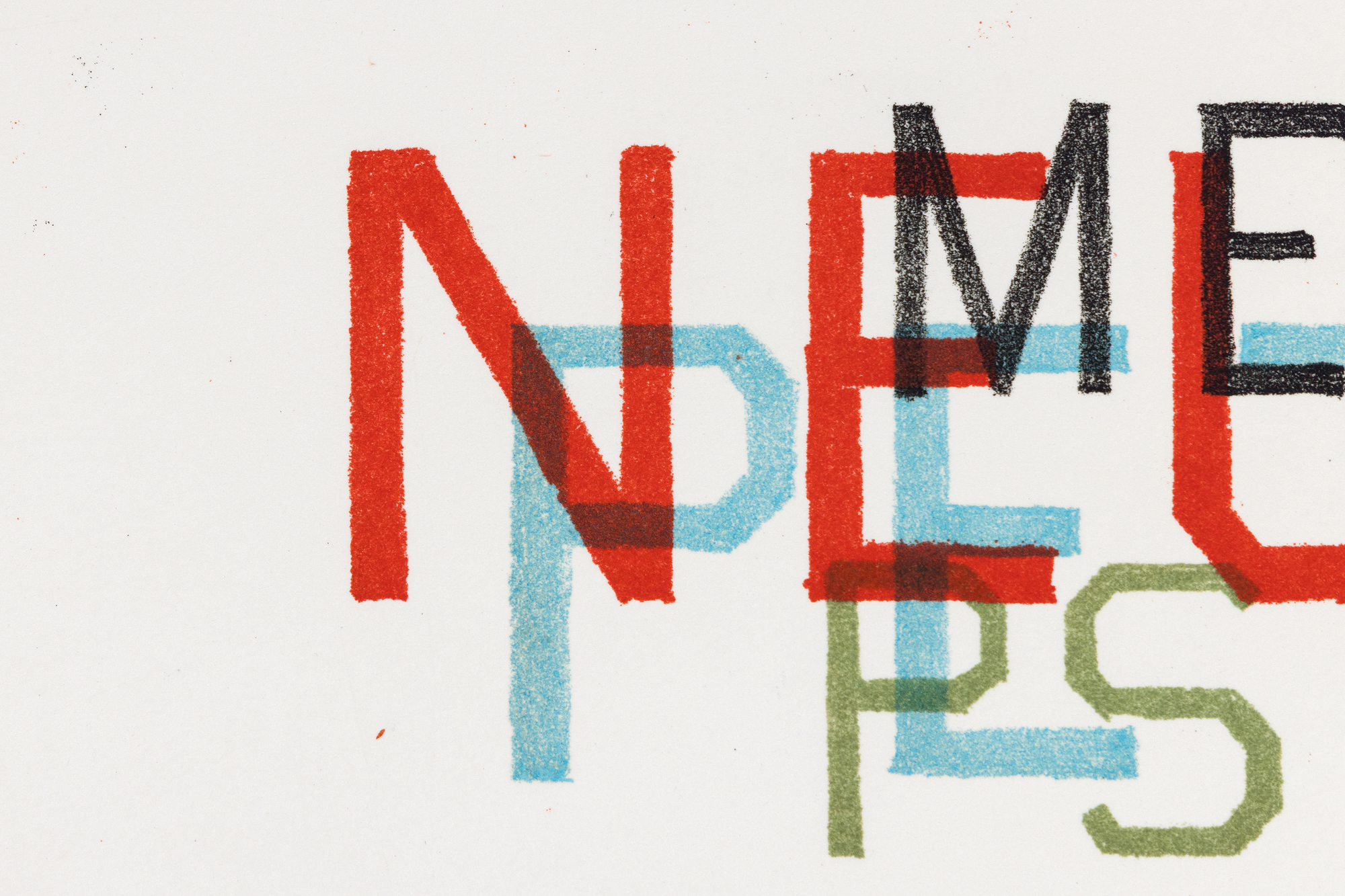
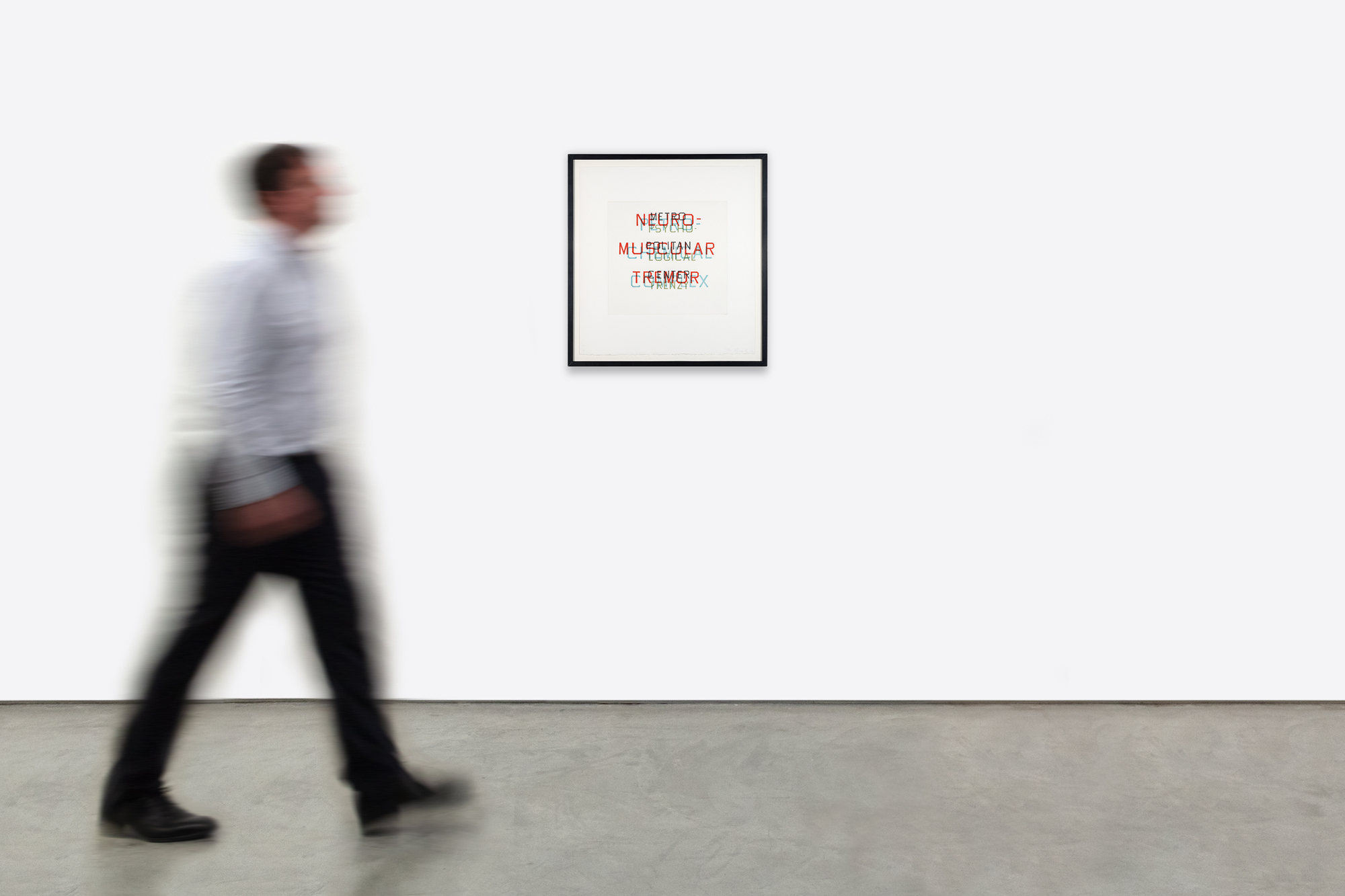
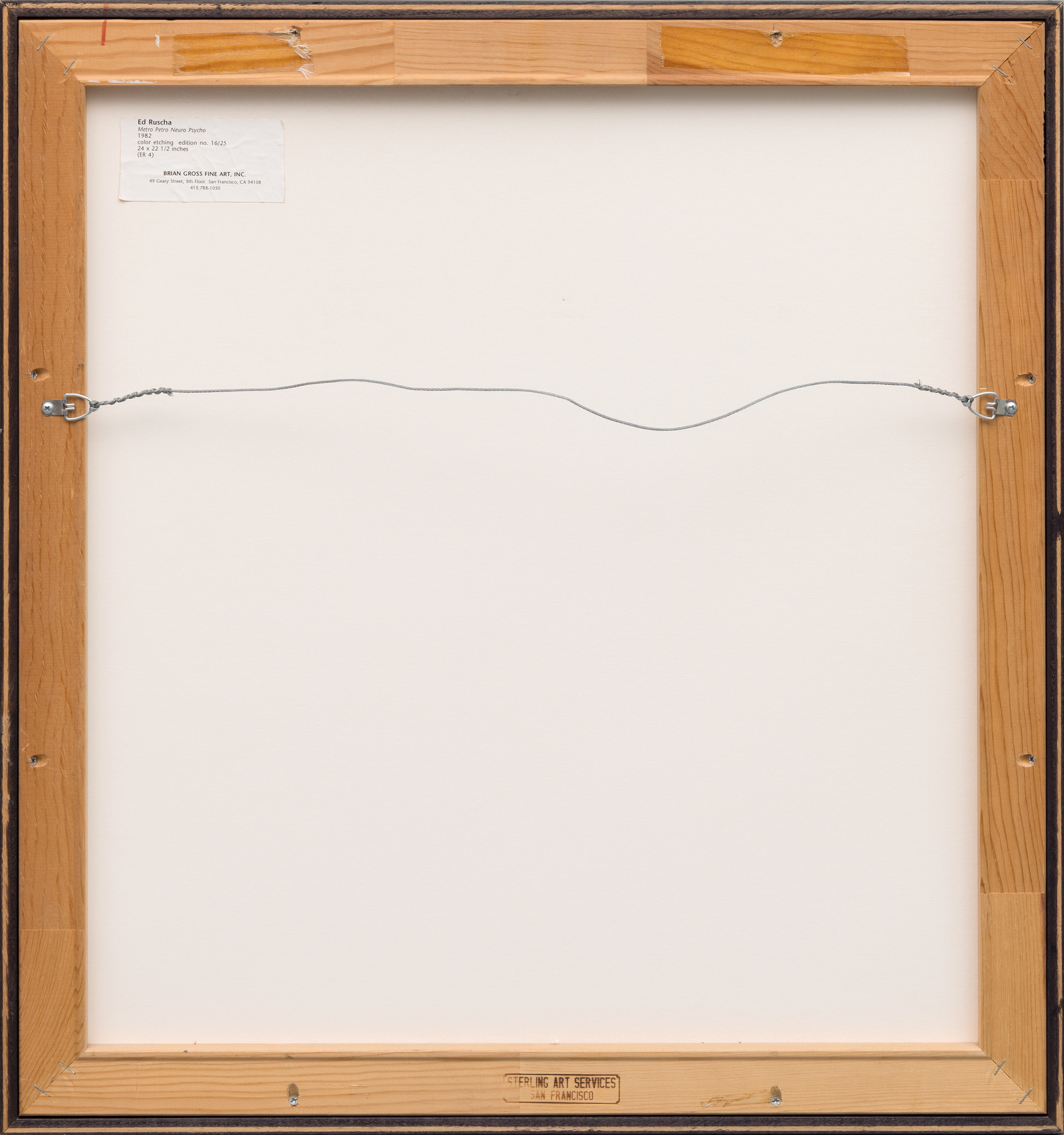
Provenienz
Brian Gross Bildende KunstPrivate Sammlung
25,000
Als Brücke zwischen Ruschas ikonischen Wortgemälden der 1960er Jahre und seinen mehrschichtigen Experimenten der 1980er Jahre und darüber hinaus verkörpert der Druck seinen Ansatz, Sprachfragmente zu isolieren - Werbesprüche, aufgeschnappte Wörter oder erfundene Phrasen -, damit sie sowohl als visuelle als auch als semantische Phänomene neu betrachtet werden können. Ruscha selbst hat solche Arrangements als "visuelles Rauschen" bezeichnet, das gleichzeitig spielerisch und verwirrend ist. Beispiele im Museum of Modern Art, New York, und in der National Gallery of Art, Washington, bestätigen die institutionelle Anerkennung der Bedeutung dieser Arbeiten.


